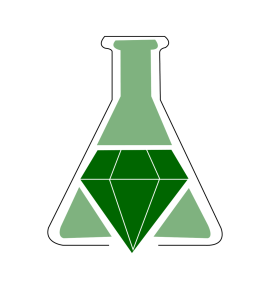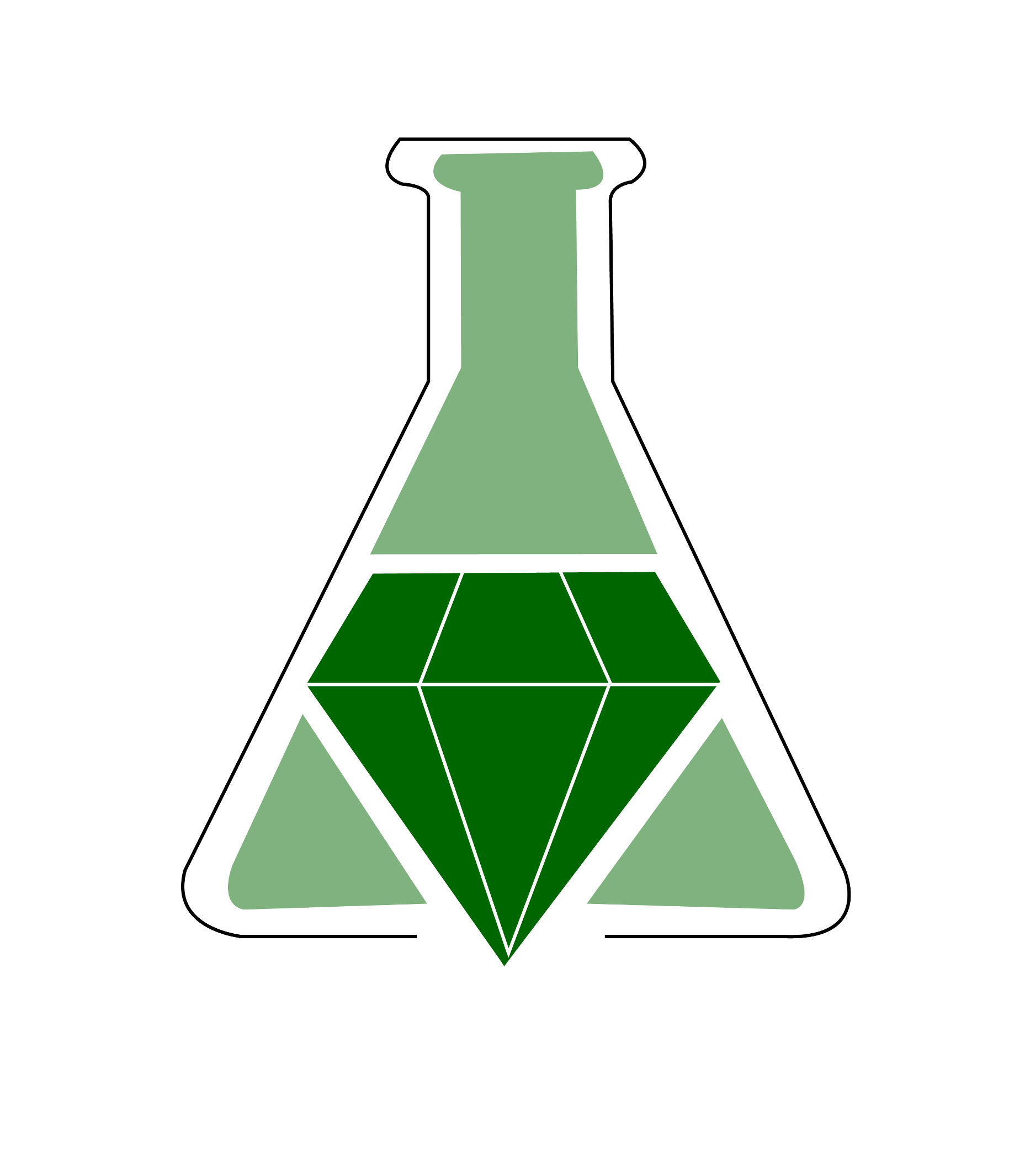"Greening Up" the Suzuki Reaction

Summary
An aqueous Suzuki reaction is described which highlights the facile preparation of a non-steroidal anti-inflammatory (NSAID) drug analog under green conditions. While palladium-catalyzed cross-coupling reactions are common in most modern organic chemistry labs, they are often performed with hazardous solvents and large amounts of corrosive additives. Undertaken at the mid-undergraduate level, students use environmentally benign potassium carbonate as a base in water to generate a biaryl product.
This approach eliminates the use of organic solvents in the synthesis and employs an alcohol/water mixture for purification. An additional feature is the 30-minute reaction time leading to reduced energy consumption compared with traditional Suzuki protocols. This approach introduces students to an industrially important reaction while also providing a platform for introducing or reinforcing the principles of green chemistry.
Supplemental materials include notes for the instructor (equipment needs, CAS numbers, synthetic notes, etc.), laboratory notes for the students (experimental procedure, background info, etc.), and spectroscopic data.
Summary prepared for the original GEMs database August 2008 by Andy Dicks at the University of Toronto and September 2008 by Douglas M. Young at the University of Oregon.
"Greening Up" the Suzuki Reaction
Evangelos Aktoudianakis, Elton Chan, Amanda R. Edward, Isabel Jarosz, Vicki Lee, Leo Mui, Sonya S. Thatipamala, and Andrew P. Dicks
Journal of Chemical Education 2008 85 (4), 555
DOI: 10.1021/ed085p555
This approach eliminates the use of organic solvents in the synthesis and employs an alcohol/water mixture for purification. An additional feature is the 30-minute reaction time leading to reduced energy consumption compared with traditional Suzuki protocols. This approach introduces students to an industrially important reaction while also providing a platform for introducing or reinforcing the principles of green chemistry.
Supplemental materials include notes for the instructor (equipment needs, CAS numbers, synthetic notes, etc.), laboratory notes for the students (experimental procedure, background info, etc.), and spectroscopic data.
Summary prepared for the original GEMs database August 2008 by Andy Dicks at the University of Toronto and September 2008 by Douglas M. Young at the University of Oregon.
"Greening Up" the Suzuki Reaction
Evangelos Aktoudianakis, Elton Chan, Amanda R. Edward, Isabel Jarosz, Vicki Lee, Leo Mui, Sonya S. Thatipamala, and Andrew P. Dicks
Journal of Chemical Education 2008 85 (4), 555
DOI: 10.1021/ed085p555
Safety Precautions, Hazards, and Risk Assessment
See published journal article.
Link to external
